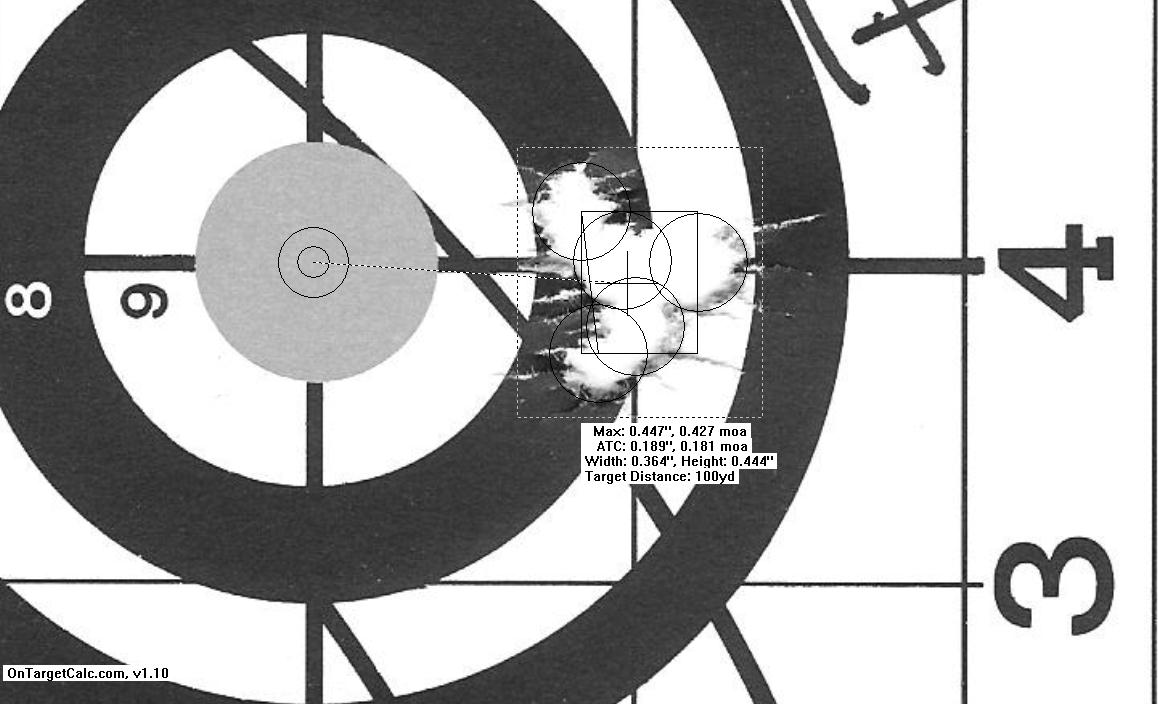OK -- so this is a very picky question, but its coming from the engineer in me...
When folks reference their group size (usually in MOA) are they measuring the distance between the furthest edges of the farthest apart holes or are the measuring center to center of the furthest apart holes?
As you get down, sub 1 MOA @ 100 yards, it starts to matter. For example, I am working up a load for an AIAE rifle I just purchased used here on the hide. After my first range outing, my best grouping load is 0.85" measured edge to edge, or 0.54" measured center to center.
So the question is, would most folks report this as .85 MOA or .54 MOA?
BTW: A mathematician might re-state the problem this way: what is the smallest group size possible with a a 30 caliber (0.308" diameter) bullet at 100 yards? 0.308 MOA or 0 MOA?
Apologies in advance if this question is asked and answered.
When folks reference their group size (usually in MOA) are they measuring the distance between the furthest edges of the farthest apart holes or are the measuring center to center of the furthest apart holes?
As you get down, sub 1 MOA @ 100 yards, it starts to matter. For example, I am working up a load for an AIAE rifle I just purchased used here on the hide. After my first range outing, my best grouping load is 0.85" measured edge to edge, or 0.54" measured center to center.
So the question is, would most folks report this as .85 MOA or .54 MOA?
BTW: A mathematician might re-state the problem this way: what is the smallest group size possible with a a 30 caliber (0.308" diameter) bullet at 100 yards? 0.308 MOA or 0 MOA?
Apologies in advance if this question is asked and answered.










